Ancient Times:
Oman’s strategic location made it a hub for trade, with evidence of human settlement dating back to the Stone Age. The ancient Omanis were skilled sailors and traders, connecting the civilizations of Mesopotamia, the Indus Valley, and beyond.

Islamic Era:
Islam arrived in Oman in the 7th century AD, shaping its culture, governance, and society. The region became a center for Islamic learning and commerce, with Omanis establishing maritime trade routes throughout the Indian Ocean.

Portuguese Influence:
In the 15th century, Portuguese explorers arrived in Oman, seeking to control its lucrative trade routes. This led to conflicts with Omani rulers, culminating in the expulsion of the Portuguese from the region in the 17th century.
Omani Empire:
Under the Al Bu Said dynasty, which began in the 18th century, Oman experienced a period of expansion and prosperity. Omani sailors dominated trade in the Indian Ocean, establishing colonies in East Africa, including Zanzibar and Mombasa.
British Influence:
In the 19th century, Oman’s power declined due to internal conflicts and external pressures. The Sultanate signed treaties with the British, who established influence over Oman’s foreign affairs and helped suppress piracy in the region.
Modernization and Independence:
In the 20th century, Oman underwent significant modernization under Sultan Said bin Taimur and later Sultan Qaboos bin Said. Infrastructure development, education reforms, and economic diversification initiatives transformed Oman into a modern nation.
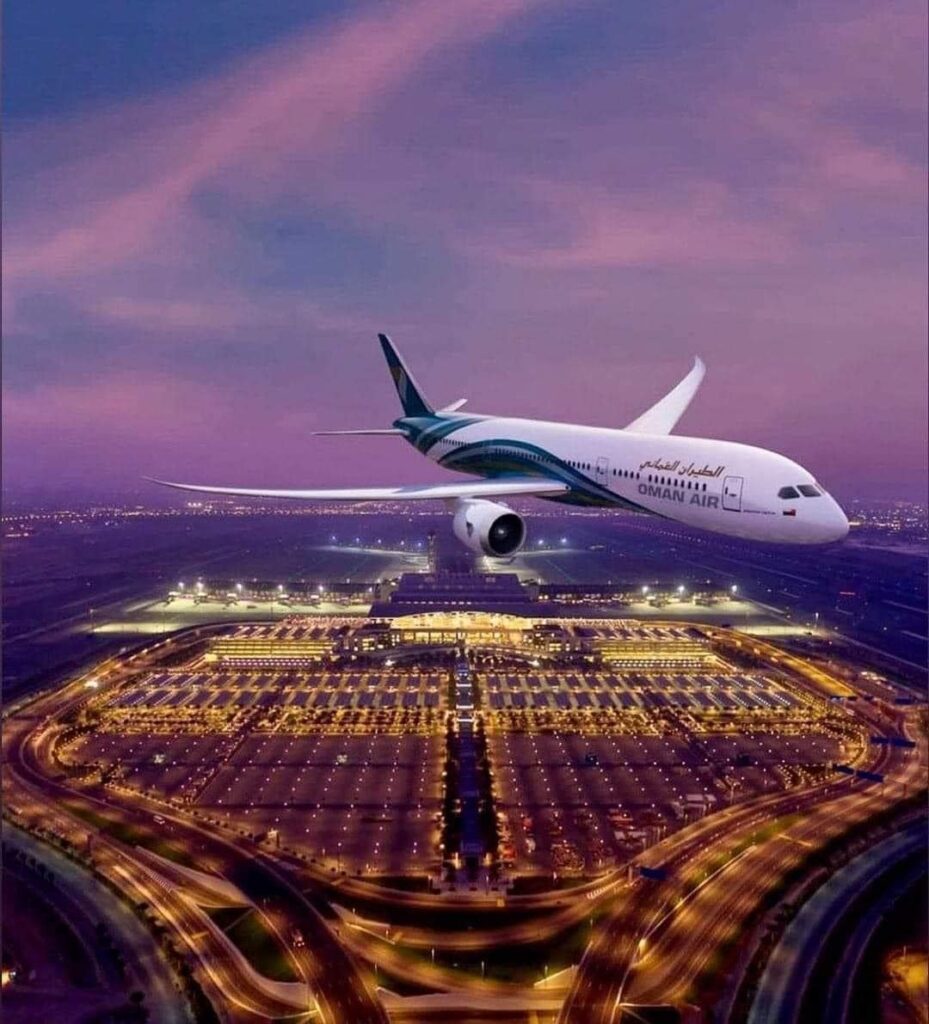
Sultan Qaboos Era:
Sultan Qaboos bin Said ruled Oman from 1970 until his passing in 2020. His reign saw Oman’s emergence as a stable and prosperous country, known for its diplomatic neutrality and efforts towards national development.Today, Oman continues to balance its traditional values with modernization efforts, focusing on economic diversification, social development, and regional stability. Its rich history and strategic location continue to shape its identity and influence its role in the broader Middle East.

Oman possesses several unique characteristics that set it apart:
- Geographical Diversity: Oman boasts diverse landscapes, from the rugged mountains of the Al Hajar range to the sandy deserts of the Empty Quarter and the pristine beaches along its coastline. This diversity offers a range of outdoor activities and scenic vistas.
- Cultural Heritage: Oman’s rich cultural heritage is evident in its architecture, cuisine, music, and traditional practices. The country has preserved its heritage through initiatives such as the restoration of historic forts, museums showcasing Omani history, and the promotion of traditional arts and crafts.
- Diplomatic Neutrality: Oman is known for its policy of diplomatic neutrality, playing a mediating role in regional conflicts and fostering dialogue between nations. This neutrality has earned Oman respect and recognition as a trusted mediator in the volatile Middle East region.
- Traditional Values and Modernization: Oman maintains a balance between preserving its traditional values and embracing modernization. While modern infrastructure and amenities are prevalent, traditional customs and cultural practices, such as hospitality and respect for elders, remain integral to Omani society.
- Stable Governance: Oman has enjoyed relative political stability under the rule of the Al Bu Said dynasty. Sultan Qaboos bin Said, who ruled for nearly five decades until his passing in 2020, implemented reforms that modernized the country while maintaining social cohesion and stability.
- Natural Beauty and Biodiversity: Oman is home to diverse ecosystems, including coral reefs, coastal mangroves, and unique desert flora and fauna. The country’s natural beauty attracts tourists interested in ecotourism, wildlife observation, and outdoor adventures.
- Warm Hospitality: Omani people are renowned for their hospitality and friendliness towards visitors. Guests are often welcomed with open arms and offered traditional Omani coffee and dates as a sign of hospitality.
These unique characteristics make Oman a captivating destination for travelers seeking both cultural authenticity and natural beauty.
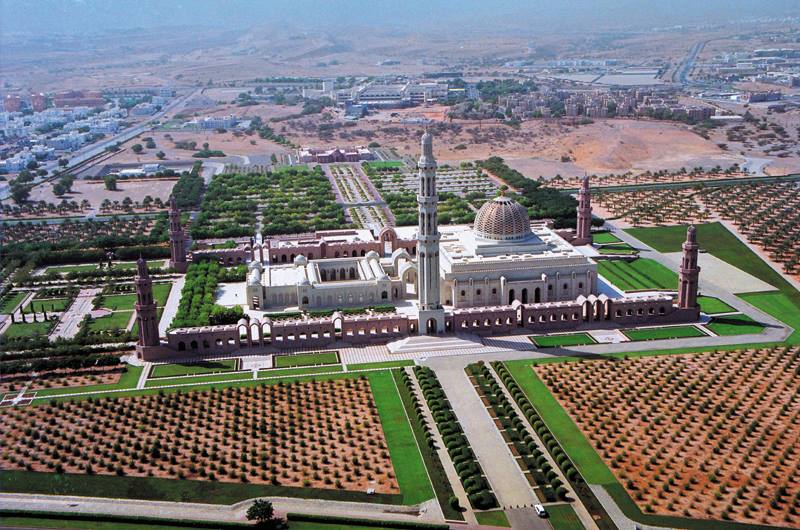
Embracing Tradition and Modernity: Exploring the Rich Culture of Oman
Nestled on the southeastern coast of the Arabian Peninsula, Oman is a nation steeped in history and culture, where ancient traditions seamlessly blend with modern influences. From its vibrant festivals to its architectural marvels, Omani culture is a tapestry of diverse influences that reflect the country’s unique heritage and identity.
Historical Roots:
The cultural heritage of Oman dates back thousands of years, shaped by the interactions of ancient civilizations and trade routes that crisscrossed the region. The influence of Persian, Arab, Indian, and African cultures can be seen in various aspects of Omani life, from its language and cuisine to its music and art.
Architecture and Design:
One of the most striking features of Omani culture is its architecture, characterized by intricate designs, vibrant colors, and a harmonious blend of traditional and modern elements. Majestic forts, such as Nizwa Fort and Jabrin Castle, stand as testaments to Oman’s rich architectural heritage, while the ornate mosques, like the Sultan Qaboos Grand Mosque in Muscat, showcase the country’s Islamic artistic traditions.
Cuisine:
Omani cuisine is a reflection of the country’s diverse cultural influences, with flavors and ingredients borrowed from Arab, Persian, Indian, and East African culinary traditions. Staple foods include rice, seafood, lamb, and dates, which are often prepared using aromatic spices like saffron, cardamom, and turmeric. Traditional Omani dishes, such as shuwa (slow-cooked marinated meat) and mishkak (grilled skewered meat), are enjoyed during festive occasions and social gatherings.
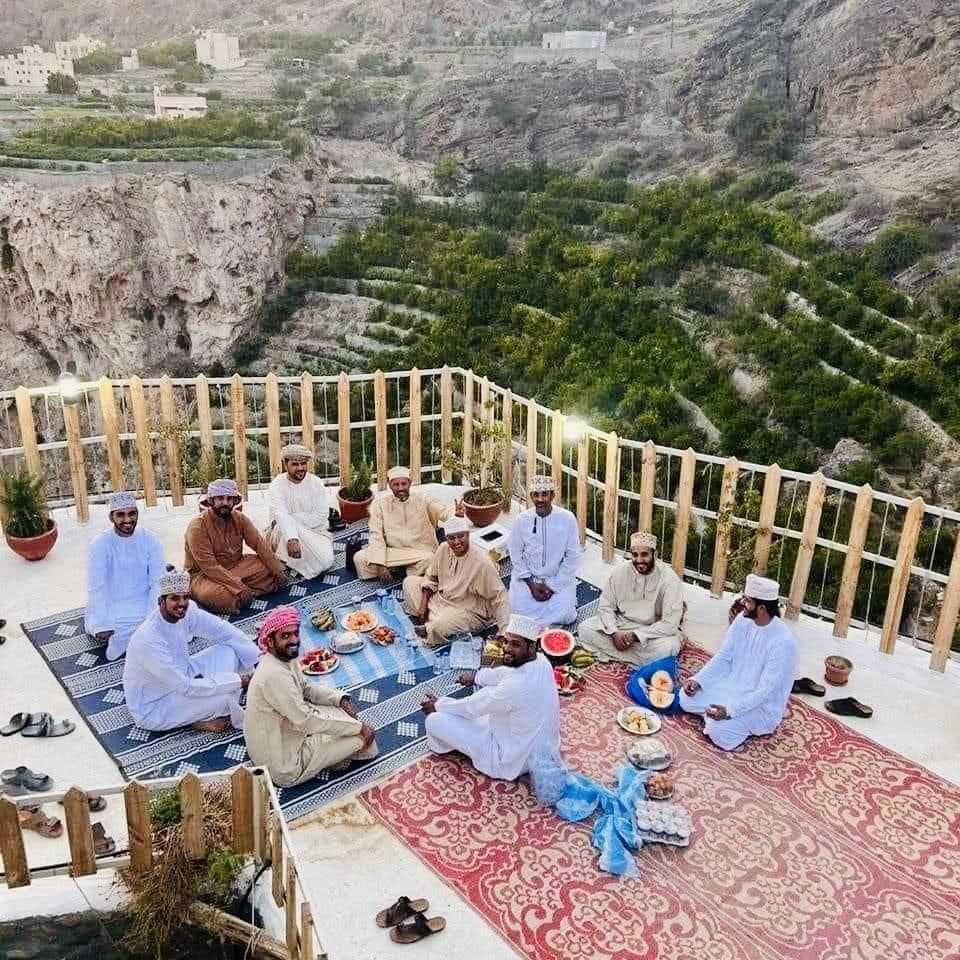
Music and Dance:
Music and dance are integral parts of Omani culture, serving as expressions of joy, celebration, and storytelling. The traditional music of Oman, characterized by the melodious tones of the oud (lute), tabla (drum), and ney (flute), evokes a sense of nostalgia and pride in the hearts of Omanis. Folk dances, such as the Razha and the Khaleeji, are performed during weddings, festivals, and other cultural events, showcasing the grace and elegance of Omani tradition.
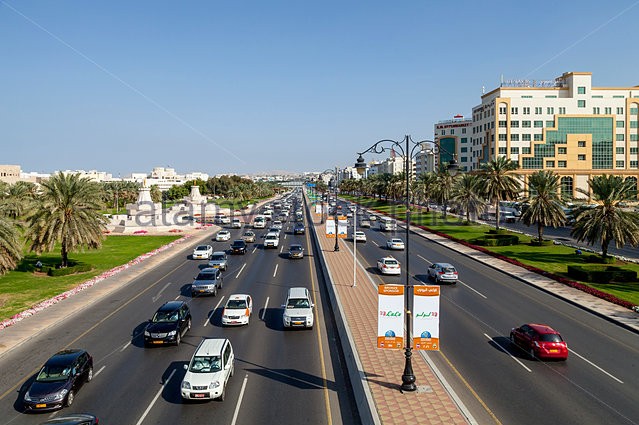
Festivals and Celebrations:
Oman’s calendar is filled with colorful festivals and celebrations that reflect its cultural and religious diversity. The Sultanate’s National Day, celebrated on November 18th, commemorates the birth of Sultan Qaboos bin Said and is marked by parades, fireworks, and cultural performances across the country. Other important festivals include Eid al-Fitr and Eid al-Adha, which are celebrated with feasting, prayers, and acts of charity.
Hospitality and Tradition:
Central to Omani culture is the concept of hospitality, known as “diwan,” which emphasizes generosity, kindness, and respect for guests. Visitors to Oman are welcomed with open arms and treated to traditional Omani hospitality, including offerings of dates, coffee, and frankincense. This warm and welcoming spirit is a hallmark of Omani society and reflects the deep-rooted values of community and kinship.
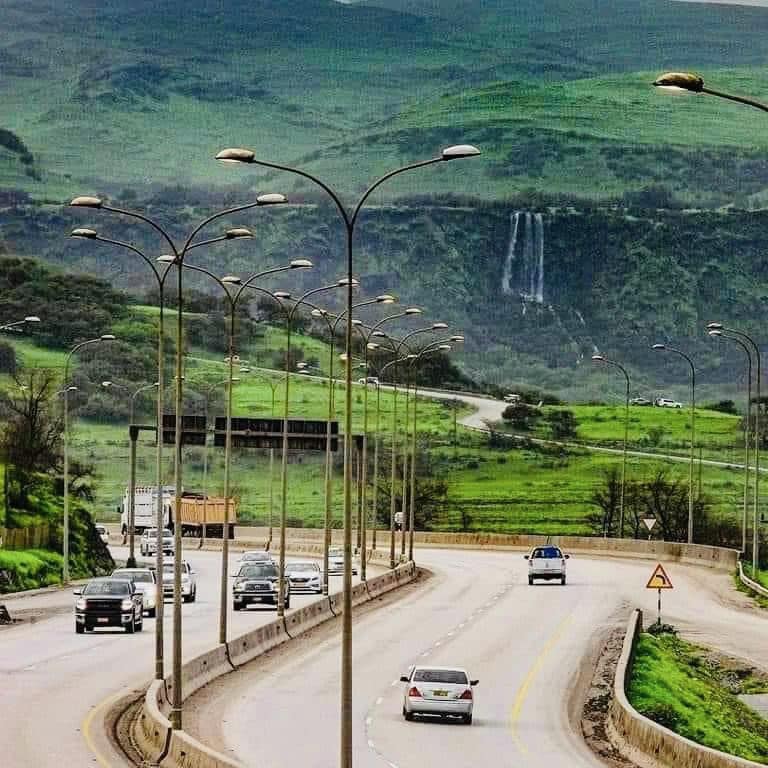
Preserving the Past, Embracing the Future:
While Oman takes great pride in its cultural heritage, the country is also embracing modernity and innovation to meet the challenges of the 21st century. Efforts to preserve and promote Omani culture, through initiatives such as the establishment of museums, cultural centers, and heritage sites, are ensuring that the traditions and customs of the past continue to thrive in the modern world.
In conclusion, the culture of Oman is a testament to the resilience, diversity, and vibrancy of its people. With its rich tapestry of traditions, art forms, and customs, Oman offers visitors a unique opportunity to experience the beauty and warmth of Arabian hospitality while exploring the timeless treasures of its cultural heritage.
Vision 2040

- Economic Diversification: Oman may aim to reduce its reliance on oil and gas revenues by diversifying its economy into sectors such as tourism, manufacturing, logistics, and renewable energy.
- Human Capital Development: Investments in education, healthcare, and skills training may be prioritized to develop a highly skilled workforce capable of driving innovation and productivity across various sectors.
- Sustainable Development: Oman might focus on promoting environmental sustainability and conservation efforts, including initiatives to mitigate the impacts of climate change, preserve natural habitats, and promote renewable energy sources.
- Infrastructure Development: Enhancing transportation, communication, and digital infrastructure to facilitate economic growth, improve connectivity, and enhance the quality of life for Oman’s residents.
- Social Welfare: Ensuring inclusive growth and social cohesion through policies aimed at reducing poverty, improving access to healthcare and housing, and promoting gender equality and social inclusion.
- Governance and Institutional Reform: Strengthening governance structures, promoting transparency, and enhancing public-private partnerships to foster a conducive environment for investment and sustainable development.
- International Engagement: Enhancing Oman’s role as a regional hub for trade, investment, and cultural exchange by fostering partnerships with neighboring countries and international organizations.


